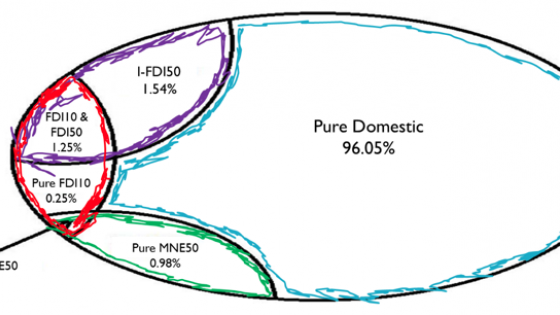DP17549 Innovation Union: Costs and Benefits of Innovation Policy Cooperation
We build a two-region endogenous growth model to analyse the gains from innovation policy cooperation in an economic union. The model is calibrated to two blocks of the EU: the old and new members. R&D subsidy coordination is motivated by the distortion from subsidy competition, the strategic motive, and by intertemporal knowledge spillovers, which drive growth. The ideas production function features decreasing returns, making growth semi-endogenous, where policy
affects growth temporarily. We compute gains from harmonised subsidies, chosen in each region to maximise EU welfare, with respect to competitive and observed subsidies. First, we find substantial
gains to coordination, which derive exclusively from the strategic motive. Second, extending to include endogenous idea flows via FDI gives knowledge spillovers as the main driver of coordination
gains. Third, extending to fully endogenous growth gives similar results. Fourth, conclusions based on steady state analysis have misleading optimal subsidies and overstate the estimated gains.

